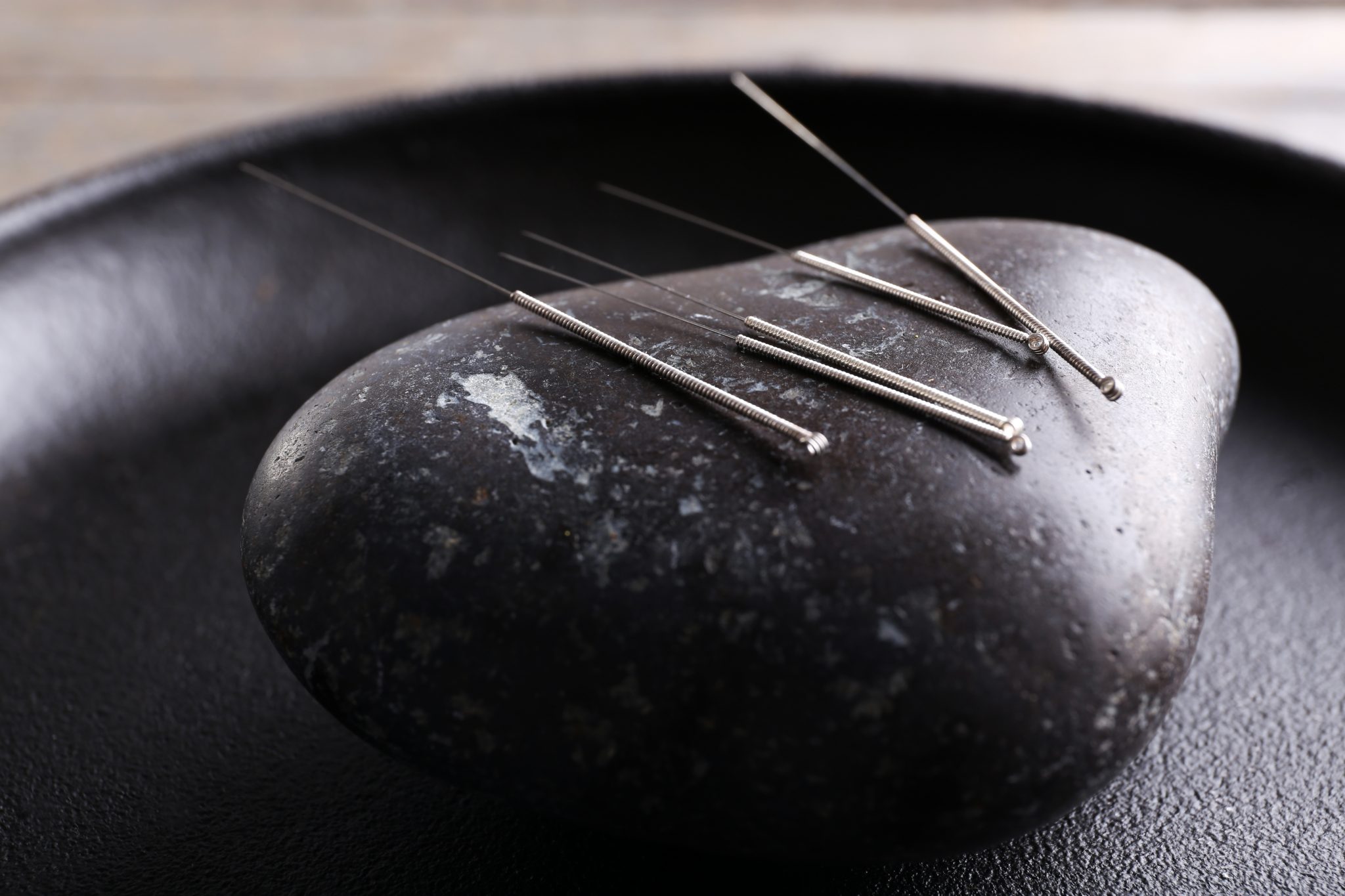
Auricular Acupuncture for the Treatment of Pain
Pain, whether chronic or acute, can be debilitating. When faced with pain, most people will reach for the over-the-counter painkillers or call their doctor for a prescription for something stronger. If it’s bad enough people will stay home from work and rest until the pain goes away. That formula works for the general population but not for the men and women in the military and more specifically the Air Force. When you are flying a jet fighter that costs billions, you can’t be groggy from Percocet. You also can’t always take a sick day or week when actively deployed. So about 15 years ago the U.S. military looked to methods to manage pain without medication and time off. Until Dr. Richard Niemtzow, a retired Air Force Colonel, finally introduced battlefield acupuncture or BFA (Bedi, 2017).
BFA is a specific treatment in auricular acupuncture developed by Dr. Niemtzow that is used to relieve any kind of pain. Thin and short needles are inserted in five points in each ear and retained for the duration of a fighter pilots exercise. Short needles are used so that the helmet can comfortably sit over the ear. Within a minute, pain was reported reduced by up to 75% (Amaro, 2009). The duration of relief varies with each patient and depends on the frequency of treatment but many reported days of pain reductions. Initial treatments were conducted twice a week and gradually reduced to once a month as the pain diminishes.
Word of the success of BFA in reducing pain traveled quickly through the military community. Recently about 50 flight surgeons from over 20 countries were trained in administering BFA to their patients (Svan, 2017). The efficacy of the treatment has permeated to the general population as well. Acupuncturists use BFA when patients come in with extreme pain of any nature because it is quick, easy and effective. It has also been demonstrated to be clinically effective for anxiety, neurosis, neurasthenia and any psychological or stress related issues (Amaro, 2009).
So what are these five points and how can needles in the ear impact the whole body? Auricular acupuncture is a modality in Traditional Chinese Medicine (TCM) that uses the ears as a representative microsystem for the whole body. It was developed in China as a wartime protocol since time and accessibility prevented full body acupuncture on the battlefield. Today it can be used as a primary mode of treatment, such as in BFA, or in conjunction with other eastern medicine modalities such as acupuncture or herbs.
In Chinese medicine, the ears are a map of our body. There are points to stimulate the organs such as the heart or the lungs as well as points for a specific purpose such as pain or allergies. Very fine needles are inserted at these points to achieve the desired systemic effect. Ear seeds can also be used for acu-pressure stimulation of each point. Ear seeds can be retained for a few days thus extending the treatment duration.
The five points used in BFA include Point Zero, Shen Men, Omega 2, Subcortex, and the Thalamus. Point Zero is a point specifically indicated to alleviate pain of any kind. Shen Men (or Neurogate), has a sedative and analgesic effect by regulating the excitation and inhibition of the cerebral cortex. Omega 2 affects somatic stress, inflammation of the limbs and has an important affinity to the motor system in the central nervous system. The Thalamus point is used to regulate excitement, shock and sweating (Auricular Acupuncture – Master Points, n.d.). The combination of these five points can bring about physiological changes such as vasodilation, and various methods of suppression of inflammation and pain (Hopkins, 2011).
If you or anyone you know is suffering from unretractable and unrelenting pain, contact your acupuncturist to seek a treatment that will not generate undesirable side effects or lead to addiction to strong pain medication.
Sources
Amaro, J. (2009, April). Battlefield Acupuncture for the Clinical Practioner. Retrieved from Acupuncture Today: http://acupuncturetoday.com/mpacms/at/article.php?id=31917
Auricular Acupunctre – Master Points. (n.d.). Retrieved from Yin Yang House: https://theory.yinyanghouse.com/theory/auricular/master_points
Bedi, S. (2017, December 8). Robins Air Force Base. Retrieved from Battlefield acupuncture shows promising results in alternative pain management downrange: http://www.robins.af.mil/News/Article-Display/Article/1403780/battlefield-acupuncture-shows-promising-results-in-alternative-pain-management/
Hopkins, E. W. (2011, December). The Power of Acupuncture: Part 1 of 3. Retrieved from Navy Medicine Live: http://navymedicine.navylive.dodlive.mil/archives/1550
Svan, J. H. (2017, March 24). Acupuncture becomes popular as battlefield pain treatment. Retrieved from Stars and Stripes: https://www.stripes.com/news/acupuncture-becomes-popular-as-battlefield-pain-treatment-1.460445


